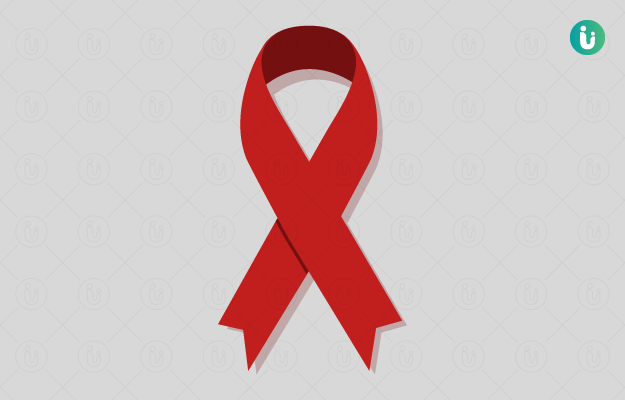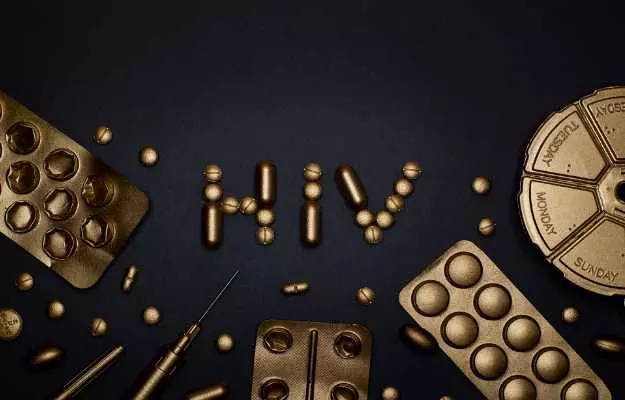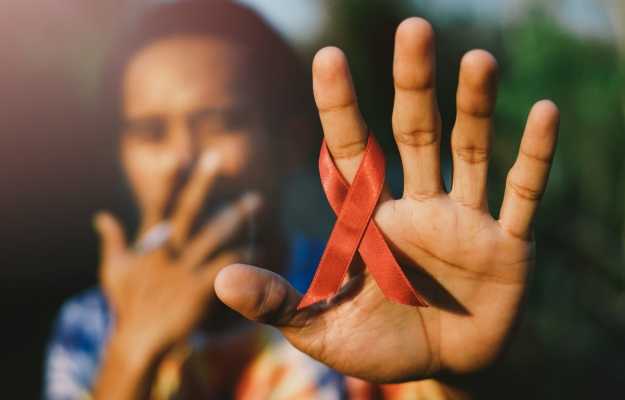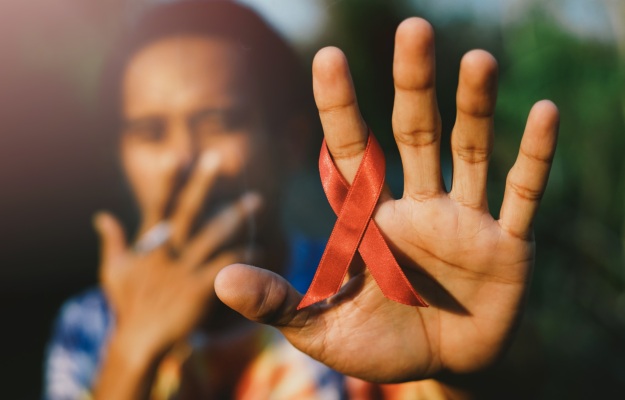HIV stands for the human immunodeficiency virus, which causes the disease AIDS or acquired immunodeficiency syndrome. The virus is usually transmitted sexually through the exchange of bodily fluids, via blood through infected needles or from an infected pregnant mother to her child. (Read more: Sexually transmitted diseases)
The HIV virus hampers the immune system, disabling the defence system of the body and making the person prone to other infections and diseases. There are two types of the virus, HIV-1 and HIV-2. The disease progresses from an acute to chronic phase and finally leads to AIDS where the life expectancy is reduced.
Symptoms vary from a flu-like state in stage 1 to diminished symptoms in stage 2 and more serious problems like cancer and organ failure in stage 3. Those who abuse drugs, have unprotected sex and are not circumcised, are at a greater risk of acquiring HIV.
Blood tests and some home tests help diagnose the condition, but they must be followed by the Western Blot test to confirm the result. HIV/AIDS has no cure, but can be managed to a large extent with antiretroviral therapy (ART). Most medicines for HIV are inhibitors, which prevent the formation of certain proteins that help the virus to multiply, while others prevent the virus from entering specific immune cells called the CD4 cells through which the virus can affect the very bedrock of the body’s immunity.
Some modifications to the diet and support from the family in availing treatment and coping with mental and physical stress help manage the condition well.
There may be several complications including the side effects of the treatment, allied diseases, which thrive due to a weakened immune system and cancer, which may affect people who are in stage 3.
If treated in time, people with HIV can live an active life with the infection for up to 50 years, while those with AIDS have an expected lifespan of up to 10 years.

 Doctors for HIV/AIDS (Acquired Immunodeficiency Syndrome)
Doctors for HIV/AIDS (Acquired Immunodeficiency Syndrome)  OTC Medicines for HIV/AIDS (Acquired Immunodeficiency Syndrome)
OTC Medicines for HIV/AIDS (Acquired Immunodeficiency Syndrome)
 HIV/AIDS (Acquired Immunodeficiency Syndrome) articles
HIV/AIDS (Acquired Immunodeficiency Syndrome) articles News for HIV/AIDS (Acquired Immunodeficiency Syndrome)
News for HIV/AIDS (Acquired Immunodeficiency Syndrome)

 Ayurvedic Treatment of HIV/AIDS (Acquired Immunodeficiency Syndrome)
Ayurvedic Treatment of HIV/AIDS (Acquired Immunodeficiency Syndrome)
 First Aid for HIV/AIDS (Acquired Immunodeficiency Syndrome)
First Aid for HIV/AIDS (Acquired Immunodeficiency Syndrome)
 Homeopathic Treatment of HIV/AIDS (Acquired Immunodeficiency Syndrome)
Homeopathic Treatment of HIV/AIDS (Acquired Immunodeficiency Syndrome)





































 Editorial Team
Editorial Team


 Dr. Ayush Pandey
Dr. Ayush Pandey

 Dr. Suvansh Raj Nirula
Dr. Suvansh Raj Nirula


 Dr. Rachita Narsaria
Dr. Rachita Narsaria











